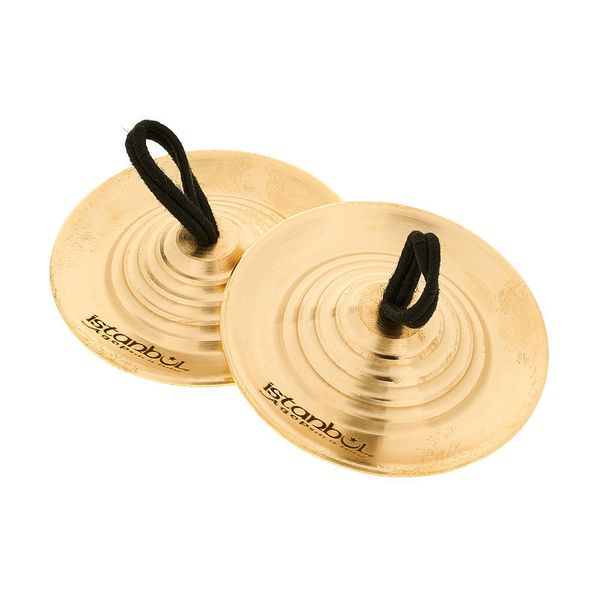
Both the live sounds and the pre-recorded sounds, with few exceptions, come from a pair of finger cymbals, which are struck together, dampened, scraped, and subjected to a number of digital manipulations. The tape part is notated in the sheet music much like it appears on computer-as a collection of waveforms showing volume across time. I like to use this time to try out new tools and new techniques, and in 2018 I chose to play with some notational techniques I started using in Austerity. Yasmin Henkish, an Egyptian dance teacher, cymbal expert, and researcher, cites archaeological evidence for finger cymbals being played since 1500 BCE, with similar precursors like wooden or ivory clappers being played since as early as 3300 BCE. Anyone who doesn't finish their project owes the rest of the participants a cake. Finger cymbals are a very special part of the heritage of middle eastern music and dance. Status updates are over doughnuts at 10 PM on Tuesday nights. Projects have to be started and finished within that time frame. Work starts on the first of November and must be completed by the third of December. The rules are simple: Pick a creative project. Ping & Peal is a piece for finger cymbals and tape that I wrote for Creativity November-an extended version of National Novel Writing Month (NaNoWriMo) that I participate in with several friends from grad school. I guess I'd rather just play music and let these video clips acknowledge that I was/am a clever lad with some inventions to make my kit more unique. From Zildjian's Score Magazine - Boston Pops Percussionist, Neil Grover, demonstrates proper playing technique for getting the best sounds from finger cymba. Again, the very idea of having to shop my ideas around and put up money to get started makes my head spin. I have a number of concepts for a prospective venture capitalist.

If someone here wants to be a business partner, I'd be happy with just a cut of the profits for these oddball percussion ideas that work. I've tried, and it takes a lot more effort than I care to expend on these things. I don't have the time or money to pursue patents and manufacturers for these ideas.

I just want to be remembered as a creative guy whose crazy ideas sometimes actually worked. In a few years, I'm sure someone else will steal my idea and make money off of it, just as someone did with my cajon kick pedal. It can be played as-is to provide a cutting ching accent sound, or (as of now) can be operated just like a hi-hat with my left foot to produce complex rhythm patterns. Clack striking and holding cymbals together, producing a flatter clacking sound. The common sounds we use in our classes at Deep Roots are: Ring a normal strike and release, producing a bell-like tone. This pedal will be next to my regular hi-hat setup in my Hootenanny kit. Being musical instruments, finger cymbals can be played to produce different qualities of sound. My ongoing quest for developing crazy yet useful percussion gizmos that are not mainstream continues on with this: a foot operated set of finger cymbals (called zils), mountable to the side of my snare drum.


 0 kommentar(er)
0 kommentar(er)
